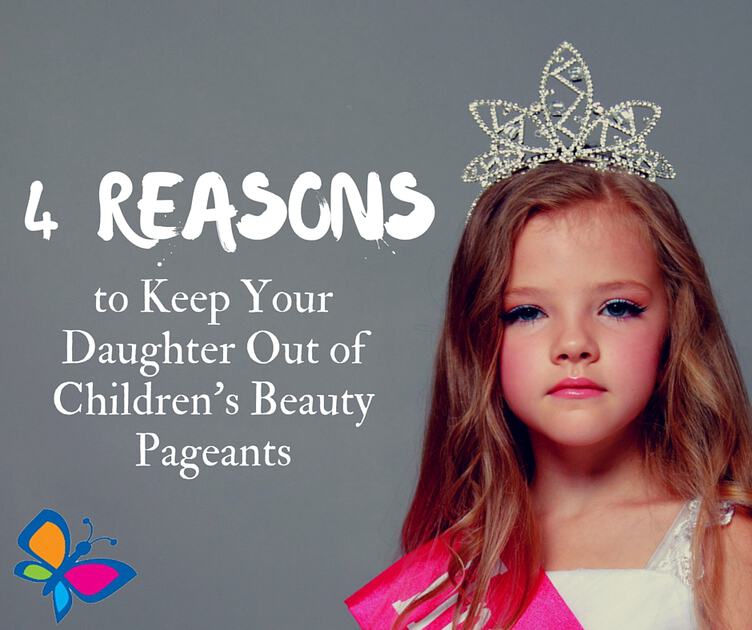Why pageants are not good enough for children
If the quest of parents is to prove the beauty of their children, they should consider doing the same in a different manner rather than using child pageants. On the same matter, Wiehe (2011) wrote an article, “Nothing pretty in child Pageants,” published in 2011. The argument is that child pageants are not of any benefit to children and instead cultivate negative behavior (Wiehe). The credibility of the article is built through reputable sources and facts. By citing the convenient statistics wiehe (2011) creates emotional appeals to the readers. Indeed the article proves that pageants are entirely destructive.
Through the article, sources used strengthen the credibility of the argument and appeal to ethos. One of the sources is the website Toddlers and Tiaras to illustrate essential facts. Using information from this website that boosts credibility by showing sufficient evidence to discourage pageant activities among small children. The second paragraph of the article begins with a transition and a topic sentence that reflects the topic. The quotes show how Wiehe (2011) uses appeals to ethos to make the paper’s claims and provides facts and expert opinions to support claims. Wiehe further asks a rhetorical question, which makes the readers access the situation from a critical perspective.
In addition to the ethos appeal, there is use of strong magnets to logos. The same is through a lot of facts and logical progressions of ideas. Specifically, through the pointing on the dressing style where young girls identify with their mothers by wearing similar outfits. Competition is one of the critical factors in child pageant activities where children are disqualified if they are not appealing in outward appearance. These facts introduce and support the idea that young children’s dressing style affects them significantly because they will prefer to look better among their friends in playgrounds and everywhere where they interact by comparing who is better. These statistics support the claim that pageant businesses prioritize more on the dressing mode of a child. Therefore the details will help build an appeal to logos and make the reader see that the matter is worth discussing.
Wiehe (2011) effectively employs pathos in the begging and the final sections of the article. The introduction is entirely emotional, with charged words showing a sympathetic attitude to children involved in Pageant activities. Wiehe (2011) says that parents who force their children to participate in pageants and athletic and music education programs can be emotionally and even physically abusive if participation is meeting parental needs rather than a child’s needs. Such a statement evokes the vulnerabilities and challenges young children undergo in the hands of their parents, who, on the contrary, are supposed to take care of them. The main goal of the article is to make the reader sympathetic to the situation. All the words and choice of phrases used in the article strongly condemns pageant activities since they have more harms than benefits to children.
As reflected in the article, the views are a far-reaching condemnation of pageant activities as necessarily counterproductive ways of idealizing beauty in children. In most parts of the world, the debate on a beauty pageant for young children is more focused on sexualization, therefore, ruining morals. “The sexualization of young children sends a conflicting message to the child while it sends a dangerous message to the adult” (Wiehe). Children’s message is that sexuality is expressed in revealing clothing, makeup, and taking specific body postures. In contrast, adults will view children as potential sex objects. Studies show that children’s sexualization through pageant activities is one of the critical contributing factors to child sexual abuse activities. However, some defendants of the practice claim that it increases self-confidence in children give them poise, and teach them the value of hard work and determination.
Though Wiehe (2011) begins the article by effectively persuading the readers of pageant activities’ disadvantages to young children, the author loses power in some parts of the argument by suggesting that pageant activities can significantly benefit children by increasing their confidence and nurturing their cares. The shift to humor and sarcasm can make the reader take the problem lightly. Wiehe (2011) should have incredibly driven the point home by standing firmly against pageant activities.


